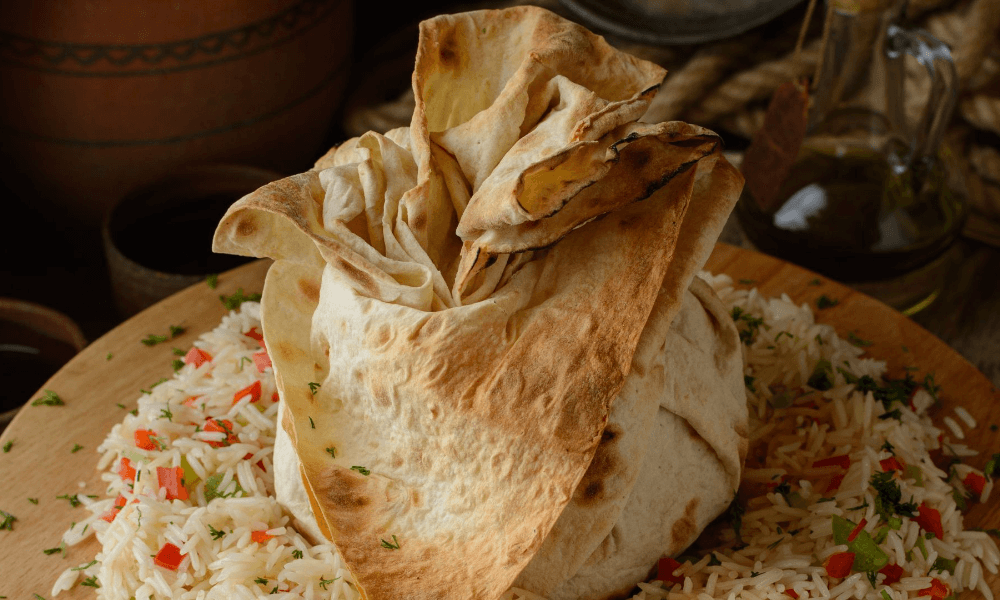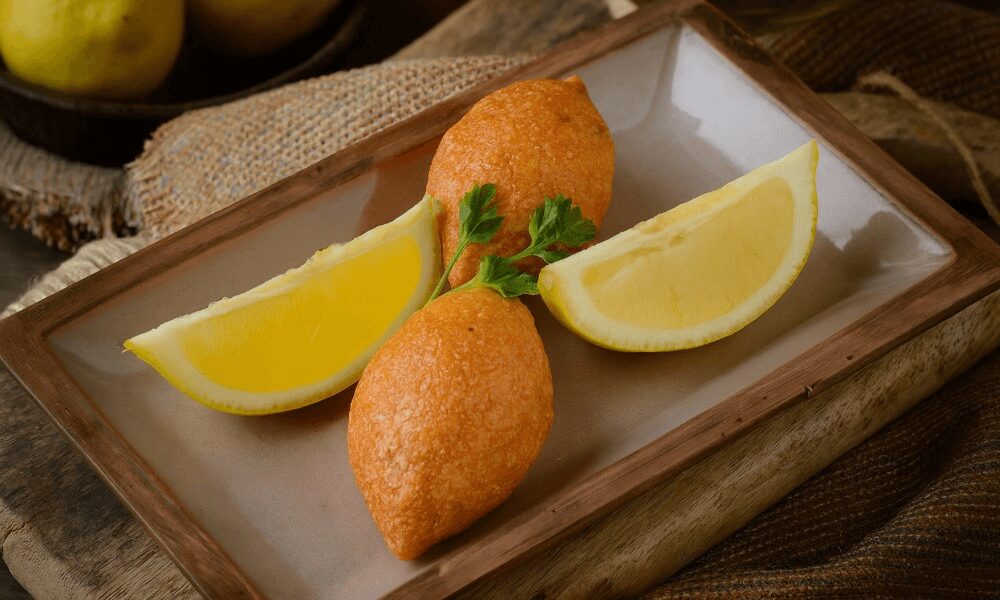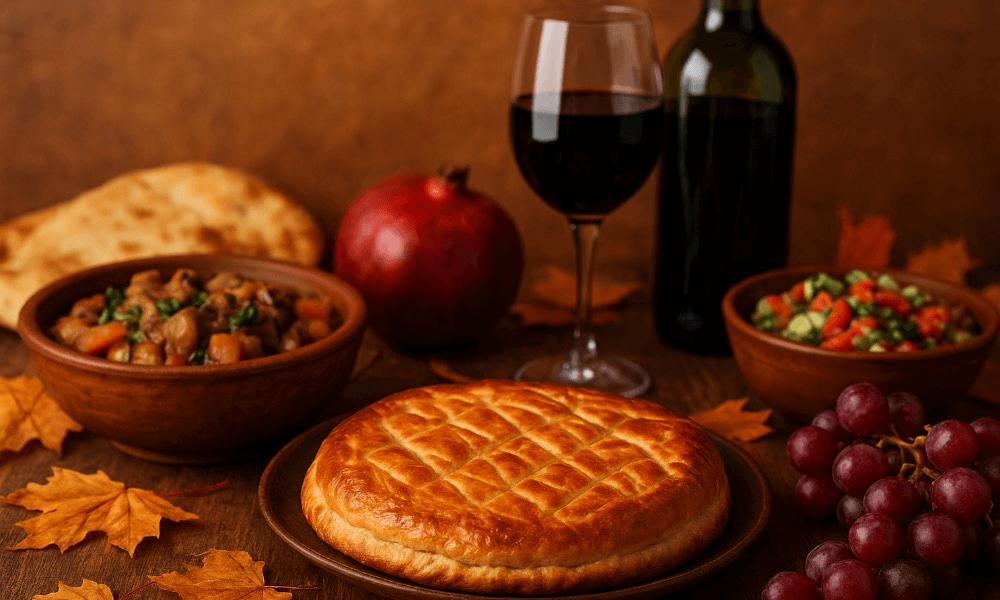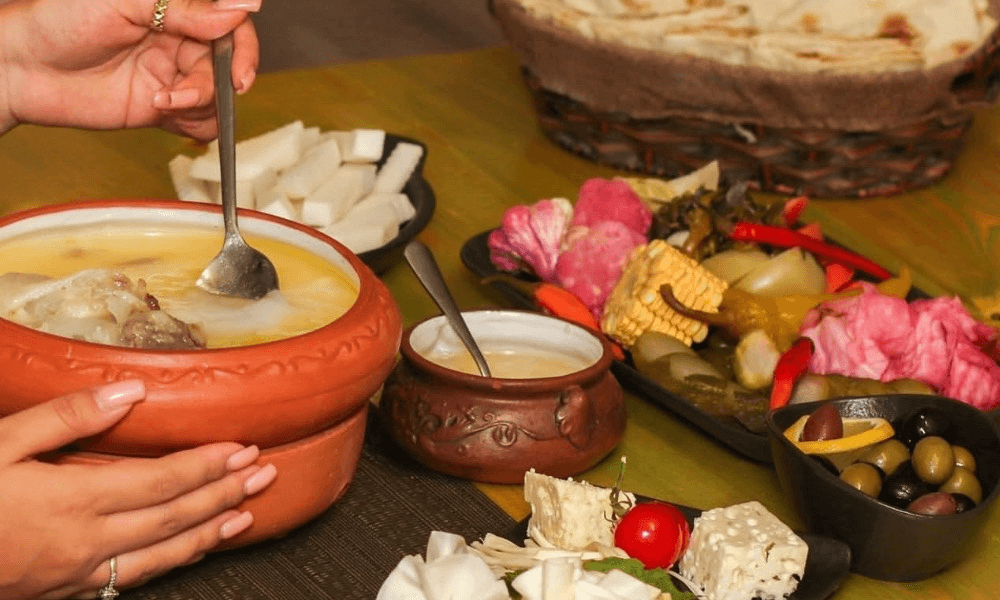
Khurjin Food: Where Tradition Meets Modern Gastronomy
Armenian cuisine boasts great richness and variety. Today, we will delve into one of its quintessential dishes – khurjin.
Khurjin stands as a widely celebrated and renowned culinary delight, embodying a fusion of ancestral legacies and contemporary culinary techniques.
The culinary traditions underpinning khurjin’s preparation are meticulously handed down through generations, thus meticulously safeguarding the cultural essence of Armenian gastronomy.
Origins of Khurjin
The nomenclature of this dish stems from the Armenian term “khurjin,” signifying a “bag.” In antiquity, Armenians employed such bags for the storage and conveyance of fruits, vegetables, bread, and sundry edibles.
Khurjin Recipe
At the heart of this dish lie two pivotal constituents – pita bread and meat, commonly pork or veal. Accompanying these are onions, peppers, garlic, carrots, and potatoes.
Preparation Procedure
Dice the meat into petite fragments and sauté them in a well-heated skillet without covering it, ensuring the meat doesn’t overcook. Preserving the meat’s succulence is paramount. Subsequently, incorporate finely chopped onions and carrots. Allow these to simmer, following which, introduce finely chopped, peeled eggplants. Enrich the amalgamation with salt, pepper, and spices, blending them in and allowing a brief boil. Cube the potatoes and sauté them separately. Cut the pita bread into ribbons, priming them for binding the khurjin’s opening. Arrange the stuffing atop the pita bread, envelop, and fasten. Transfer the completed khurjin into a preheated oven, baking for 20-30 minutes or until the pita bread achieves a delectable browning.
Khurjin epitomizes the union of tradition and modern gastronomy. It signifies a tribute to regional history, underscoring cultural interchange and the culinary arts. While savoring the aromatic symphony of khurjin, one embarks on a voyage transcending temporal and spatial confines, relishing the exquisite symphony between antiquity and innovation.






